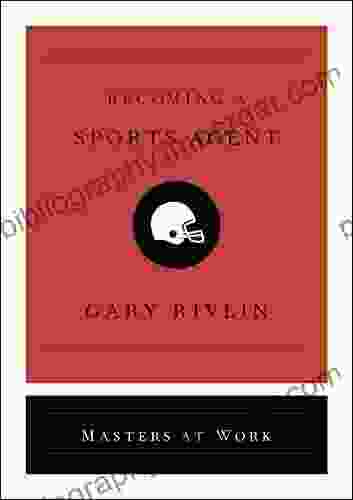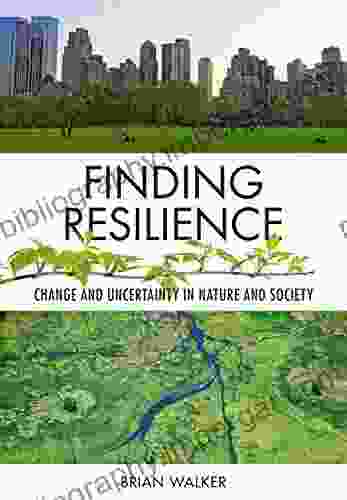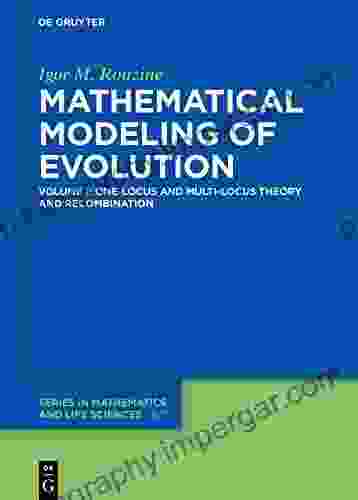Rice Science: Biotechnological and Molecular Advancements

Rice (Oryza sativa) is a staple food for over half of the world's population. As the demand for rice continues to grow, it is essential to develop innovative and sustainable ways to improve rice production. Biotechnology and molecular advancements have emerged as powerful tools for enhancing rice quality, yield, and resistance to pests and diseases.
4.3 out of 5
| Language | : | English |
| File size | : | 1087 KB |
| Text-to-Speech | : | Enabled |
| Screen Reader | : | Supported |
| Enhanced typesetting | : | Enabled |
| Word Wise | : | Enabled |
| Print length | : | 223 pages |
Biotechnology in Rice Science
- Genetic Engineering: Genetic engineering allows scientists to introduce or modify genes in rice plants. This technology has been used to develop rice varieties with enhanced traits, such as resistance to herbicides, insects, and diseases. It has also enabled the development of rice with improved nutritional content, such as higher iron and zinc levels.
- Marker-Assisted Selection: Molecular markers are DNA sequences that are associated with specific traits. Marker-assisted selection uses these markers to identify and select plants with desirable traits, such as high yield or resistance to a particular disease. It accelerates the breeding process and improves the efficiency of crop improvement.
- Tissue Culture: Tissue culture techniques allow scientists to grow rice plants from small pieces of tissue. This technology is used for rapid multiplication of elite plant lines and for producing disease-free plants.
Molecular Advancements in Rice Science
- Genome Sequencing: The sequencing of the rice genome has provided a wealth of information about the genetic makeup of rice. This has led to a deeper understanding of rice biology and the identification of genes that control important traits.
- Gene Expression Analysis: Gene expression analysis allows scientists to study how genes are turned on and off in rice plants. This information can be used to identify key genes involved in growth, development, and stress response.
- Proteomics: Proteomics studies the proteins expressed in rice plants. This information can provide insights into the biochemical pathways that are active in rice and how they are affected by different environmental conditions.
Applications of Rice Science
- Sustainable Agriculture: Biotechnology and molecular advancements can help to develop rice varieties that are more productive, resistant to pests and diseases, and require less fertilizer and water. This can lead to more sustainable agricultural practices.
- Human Health: Rice is a rich source of essential nutrients, including carbohydrates, protein, and vitamins. Biotechnology and molecular advancements can be used to develop rice varieties with enhanced nutritional content, such as higher levels of vitamins and minerals. This can help to address malnutrition in developing countries.
- Industrial Uses: Rice can be used to produce a variety of industrial products, such as starch, biofuels, and biomaterials. Biotechnology and molecular advancements can be used to develop rice varieties that are better suited for industrial applications.
Future Prospects
The field of rice science is rapidly evolving, with new discoveries and advancements being made all the time. The future holds great promise for the use of biotechnology and molecular advancements to improve rice production and to develop innovative applications for this important crop.
Rice science is a multidisciplinary field that encompasses a wide range of scientific disciplines, including genetics, molecular biology, biochemistry, and plant physiology. Biotechnology and molecular advancements have played a significant role in the progress of rice science, enabling the development of new rice varieties with improved traits and applications. The future of rice science is bright, and it holds great promise for addressing the challenges of global food security and human health.
4.3 out of 5
| Language | : | English |
| File size | : | 1087 KB |
| Text-to-Speech | : | Enabled |
| Screen Reader | : | Supported |
| Enhanced typesetting | : | Enabled |
| Word Wise | : | Enabled |
| Print length | : | 223 pages |
Do you want to contribute by writing guest posts on this blog?
Please contact us and send us a resume of previous articles that you have written.
 Book
Book Novel
Novel Page
Page Chapter
Chapter Text
Text Story
Story Genre
Genre Reader
Reader Library
Library Paperback
Paperback E-book
E-book Magazine
Magazine Newspaper
Newspaper Paragraph
Paragraph Sentence
Sentence Bookmark
Bookmark Shelf
Shelf Glossary
Glossary Bibliography
Bibliography Foreword
Foreword Preface
Preface Synopsis
Synopsis Annotation
Annotation Footnote
Footnote Manuscript
Manuscript Scroll
Scroll Codex
Codex Tome
Tome Bestseller
Bestseller Classics
Classics Library card
Library card Narrative
Narrative Biography
Biography Autobiography
Autobiography Memoir
Memoir Reference
Reference Encyclopedia
Encyclopedia Fran Quigley
Fran Quigley Franci Rabinek Epstein
Franci Rabinek Epstein Fritz Blackburn
Fritz Blackburn Fred Spier
Fred Spier Maurice A Finocchiaro
Maurice A Finocchiaro Gabriel Cougar Burt
Gabriel Cougar Burt Josiah Hartley
Josiah Hartley Eugene Robinson
Eugene Robinson Hugh Harkins
Hugh Harkins Kendall Weaver
Kendall Weaver Frank Lloyd Wright
Frank Lloyd Wright John Campbell
John Campbell Morris Panych
Morris Panych Walter Greiner
Walter Greiner Frank Van Lunteren
Frank Van Lunteren Gary C Schroen
Gary C Schroen Farley Mowat
Farley Mowat Stephen Cherry
Stephen Cherry Phebe Cramer
Phebe Cramer Surajit Chattopadhyay
Surajit Chattopadhyay
Light bulbAdvertise smarter! Our strategic ad space ensures maximum exposure. Reserve your spot today!

 Donovan CarterUnveiling the Cultural Clash of the 1812 Era: A Captivating Tale from the...
Donovan CarterUnveiling the Cultural Clash of the 1812 Era: A Captivating Tale from the...
 Kenneth ParkerUnveiling the Secrets of the Lost Templar Journals: A Literary Journey with...
Kenneth ParkerUnveiling the Secrets of the Lost Templar Journals: A Literary Journey with... Aubrey BlairFollow ·12k
Aubrey BlairFollow ·12k Cormac McCarthyFollow ·7.1k
Cormac McCarthyFollow ·7.1k J.D. SalingerFollow ·19.7k
J.D. SalingerFollow ·19.7k George MartinFollow ·3.3k
George MartinFollow ·3.3k Brody PowellFollow ·15.8k
Brody PowellFollow ·15.8k Henry JamesFollow ·17.7k
Henry JamesFollow ·17.7k Richard WrightFollow ·12.1k
Richard WrightFollow ·12.1k Evan SimmonsFollow ·3.2k
Evan SimmonsFollow ·3.2k

 Alexander Blair
Alexander BlairBecoming Sports Agent Masters At Work: The Ultimate Guide
What is a Sports...

 Xavier Bell
Xavier BellUnveiling the Enchanting World of Upper Bohemia: A Review...
A Captivating...

 Chris Coleman
Chris ColemanUnveiling the Secrets: Extreme Rapid Weight Loss Hypnosis...
In the relentless pursuit of a slimmer,...
4.3 out of 5
| Language | : | English |
| File size | : | 1087 KB |
| Text-to-Speech | : | Enabled |
| Screen Reader | : | Supported |
| Enhanced typesetting | : | Enabled |
| Word Wise | : | Enabled |
| Print length | : | 223 pages |












